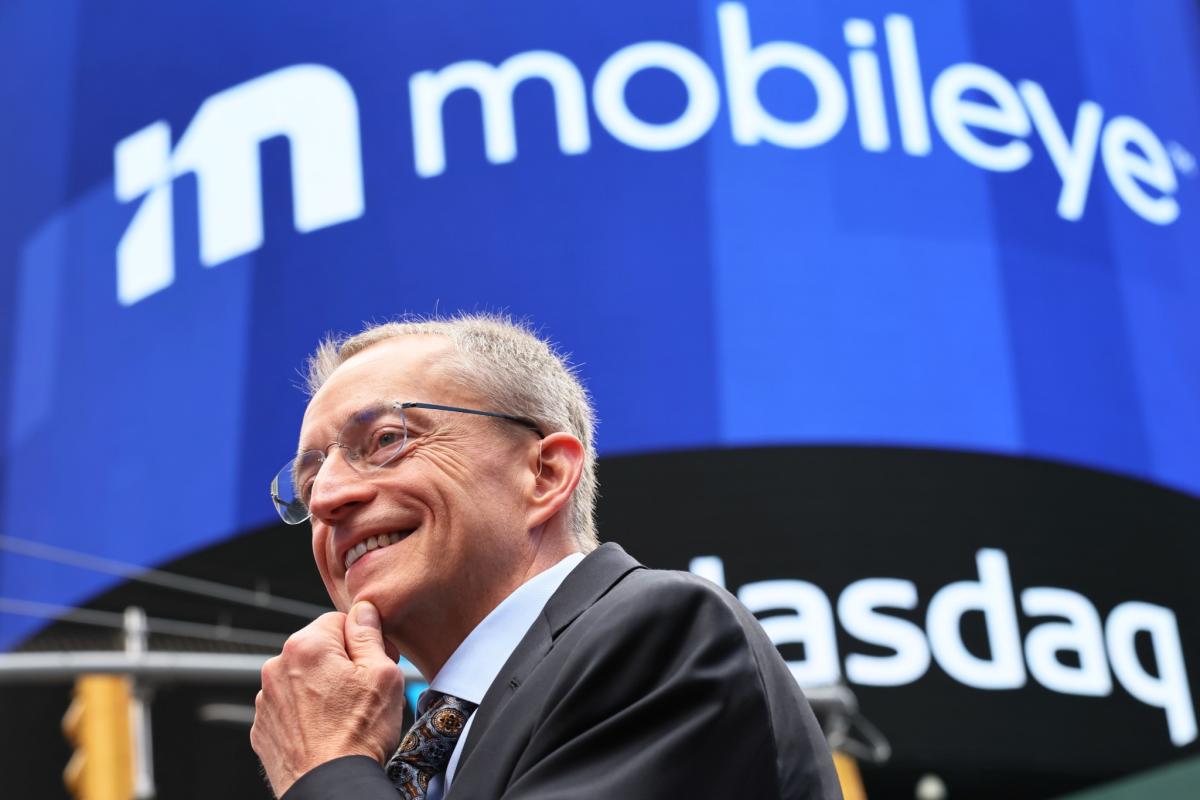Don’t be fooled: the Intel saga is not what it seems. Recent reporting chronicles the sad demise of a once great American company, the outcome of which appears bleak. But the story is really a high-stakes thriller that leads to an uncertain resolution that could have global consequences. It may take years to play out, but seeing the big picture makes each day’s news much more interesting.
First, understand what Hollywood screenwriters call the backstory: Intel dominated the global semiconductor industry for decades, designing and manufacturing cutting-edge chips. But around 2000 it started to fall behind, missing out on the cell phone chip bonanzas and subsequently the chips that fueled the AI revolution (note that Nvidia designs chips but doesn’t produce them). By 2021, Intel’s chips had fallen two generations behind, an unprecedented and humiliating position. In crisis mode, the board brought back an Intel veteran who left in 2008, Pat Gelsinger, to lead a rescue mission as CEO. (You can read my full case study for Fortune about how Intel lost its lead here.)
Gelsinger launched an ambitious, expensive and risky strategy to return Intel to global prominence. He knew that achieving that goal would take several years, if it was possible at all. He negotiated with ASML, the only company in the world that makes machines necessary for the production of advanced chips, to sell Intel the first machine that would produce a new generation of chips. He invested many billions of dollars in capital investments that would not yield significant returns for years.
That is the basis of what we mainly read and hear about Intel these days. All that capital is costing Intel almost $16 billion a year, as calculated by ISS EVA, without much to show for it yet. The company announced in August that it will lay off 15,000 employees and “cease all non-essential work.” Add to that the recent rumors that Qualcomm might want to buy Intel, and we have the story of a sad decline.
But that version of the story ignores the most interesting part: the element of grand strategy, the great powers and geopolitics. Semiconductors are crucial strategic products for both U.S. and Chinese national security, and only three companies can make cutting-edge chips: Taiwan Semiconductor Manufacturing Company (TSMC), South Korea’s Samsung, and Intel, which ranks a distant third in terms of production. That’s why the two parties in Congress passed the CHIPS and Science Act in 2022, which subsidizes new chip factories in America. Commerce Secretary Gina Raimondo explained why in February: “We cannot afford to be overly dependent on one part of the world for the most important piece of hardware in the 21st century.st century.”
Most of the CHIPS Act grants have been paid out, with the largest package — about $20 billion in direct financing and loans — going to Intel, which is building two large factories in Arizona and two more in Ohio. Large subsidies also go to TSMC (building three factories in Arizona) and Samsung (three factories in Texas).
When the US is the only country where all three of the world’s largest chip makers have major manufacturing operations, international relations become more complex. That’s just the beginning of the complexity. For more intrigue, add the element of time. Intel hopes to start producing advanced chips in at least one factory in the first half of 2025, although the size is not clear. Gelsinger has said that Intel’s financial recovery won’t be complete until 2030 or beyond. Fortune in March: “I fully expect we will need a CHIPS Two. Thirty years of bad economic policy cannot be solved in a three- to five-year CHIPS One program.” TSMC also plans to start production at one of its new U.S. factories next year, but it won’t produce advanced chips there until 2027 or 2028. However, it is more likely to produce those chips in Taiwan. Meanwhile, Xi Jinping has set a goal of making China self-sufficient in chips, including advanced chips, by 2027. He has also ordered his army to develop a plan to invade Taiwan by 2027.
The scenarios are easy to imagine. If China were to take over Taiwan, it would presumably take control of TSMC. Would the US government shut down the company’s US operations? Take them over? Leave them alone? Would Intel benefit from this? Or imagine a completely different scenario where China doesn’t invade Taiwan, but TSMC and Samsung’s US operations outperform Intel, hampering commercial competitiveness? Would Washington inject even more billions into America’s only plausible competitor at the forefront of “the most important piece of hardware in the 21st century?”st century”?
Investors, Wall Street analysts, competitors, suppliers and customers are facing a new reality: Intel is no longer a conventional company and can no longer be judged as one. Rather, it is the prime example of a trend identified by Lazard CEO Peter Orszag and colleagues, who wrote in an article Foreign Affairs article that “a tectonic shift is taking place, one that forces companies to become actors on the geopolitical stage.” In that unknown and unsought role, Intel is the most visible example of those who have “become both objects and instruments of foreign policy.”
This story originally appeared on Fortune.com







